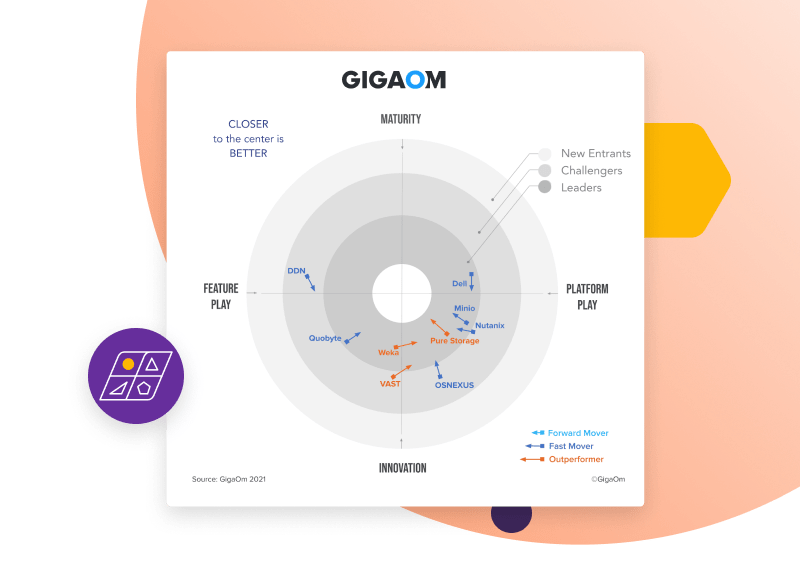2. Big Data Is Too Complex for Traditional Storage
Another major challenge for traditional storage when it comes to big data? The complexity of data styles. Traditional data is “structured.” You can organize it in tables with rows and columns that bear a straightforward relation to one another.
A relational database—the type of database that stores traditional data—consists of records containing clearly defined fields. You can access this type of database using a relational database management system (RDBMS) such as MySQL, Oracle DB, or SQL Server.
A relational database can be relatively large and complex: It may consist of thousands of rows and columns. But crucially, with a relational database, you can access a piece of data by reference to its relation to another piece of data.
Big data doesn’t always fit neatly into the relational rows and columns of a traditional data storage system. It’s largely unstructured, consisting of myriad file types and often including images, videos, audio, and social media content. That’s why traditional storage solutions are unsuitable for working with big data: They can’t properly categorize it.
Modern containerized applications also create new storage challenges. For example, Kubernetes applications are more complex than traditional applications. These applications contain many parts—such as pods, volumes, and configmaps—and they require frequent updates. Traditional storage can’t offer the necessary functionality to run Kubernetes effectively.
Using a non-relational (NoSQL) database such as MongoDB, Cassandra, or Redis can allow you to gain valuable insights into complex and varied sets of unstructured data.
3. Big Data Is Too Fast for Traditional Storage
Traditional data storage systems are for steady data retention. You can add more data regularly and then perform analysis on the new data set. But big data grows almost instantaneously, and analysis often needs to occur in real time. An RDBMS isn’t designed for rapid fluctuations.
Take sensor data, for example. Internet of things (IoT) devices need to process large amounts of sensor data with minimal latency. Sensors transmit data from the “real world” at a near-constant rate. Traditional storage systems struggle to store and analyse data arriving at such a velocity.
Or, another example: cybersecurity. IT departments must inspect each packet of data arriving through a company’s firewall to check whether it contains suspicious code. Many gigabytes might be passing through the network each day. To avoid falling victim to cybercrime, analysis must occur instantaneously—storing all the data in a table until the end of the day is not an option.
The high-velocity nature of big data is not kind to traditional storage systems, which can be a root cause of project failure or unrealized ROI.
4. Big Data Challenges Require Modern Storage Solutions
Traditional storage architectures are suitable for working with structured data. But when it comes to the vast, complex, and high-velocity nature of unstructured big data, businesses must find alternative solutions to start getting the outcomes they’re looking for.
Distributed, scalable, non-relational storage systems can process large quantities of complex data in real time. This approach can help organisations overcome big data challenges with ease—and start gleaning breakthrough-driving insights.
If your storage architecture is struggling to keep up with your business needs—or if you want to gain the competitive edge of a data-mature company—upgrading to a modern storage solution capable of harnessing the power of big data may make sense.
Pure offers a range of simple, reliable storage-as-a-service (STaaS) solutions that are scalable for any size of operations and suitable for all use cases. Learn more or get started today.



